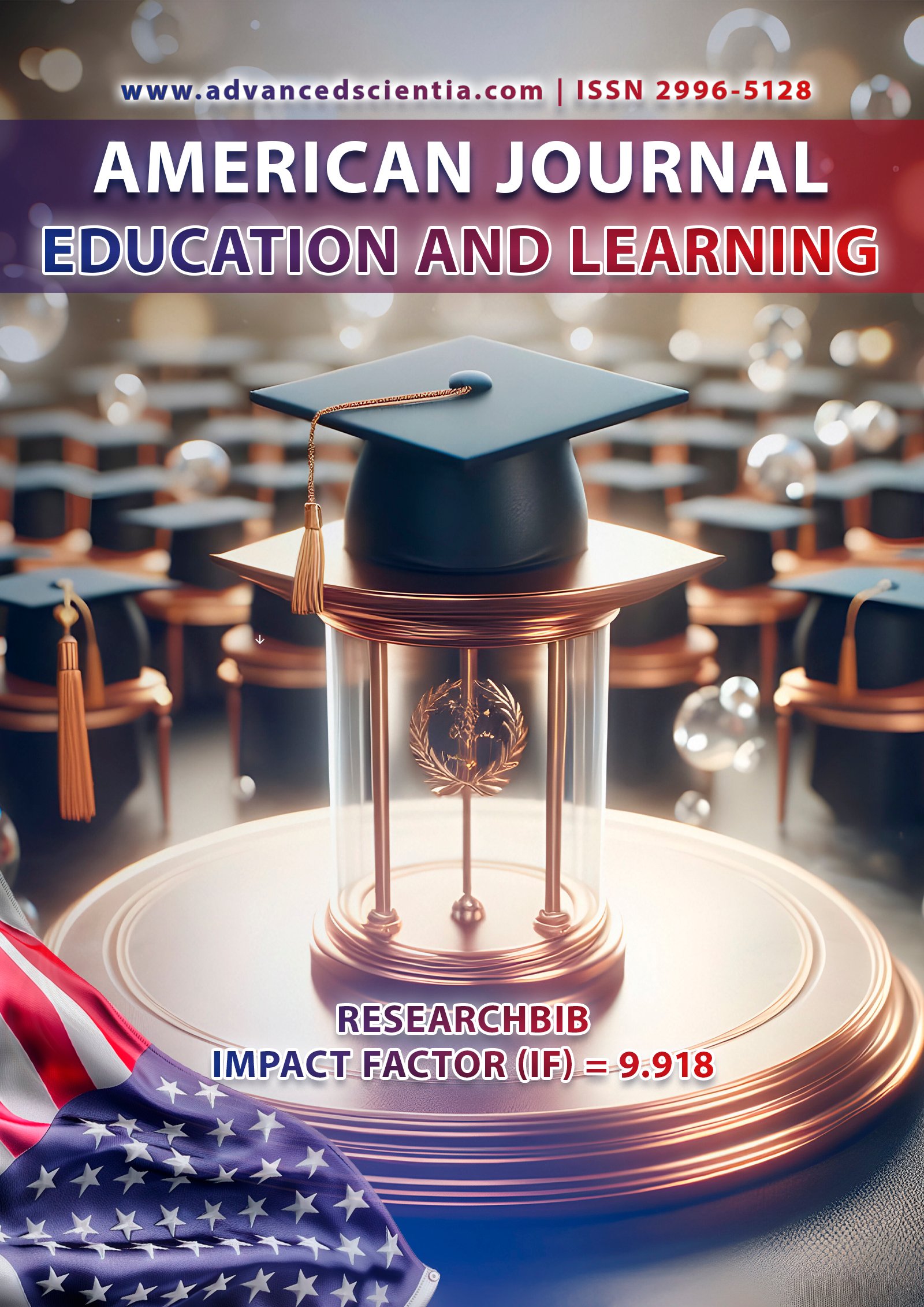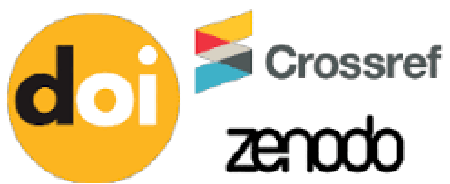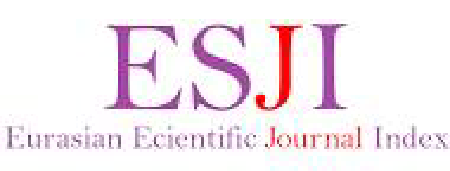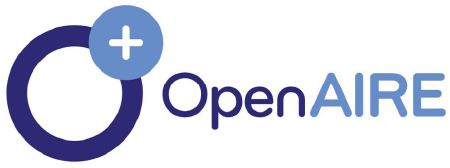HOW FOREIGN LANGUAGES SHAPE EFFECTIVE DIPLOMACY
Abstract
In the era of globalization, diplomacy is fundamentally based on effective communication, negotiation, and relationship-building. Language proficiency plays a crucial role in international relations, allowing diplomats to engage more effectively with global counterparts. While English, French, and Spanish dominate diplomatic discourse, translation remains an essential tool, particularly in multilingual settings. However, direct translation often fails to capture cultural nuances, emotions, and implicit meanings, making fluency in foreign languages a strategic advantage for diplomats. With advancements in technology, AI-based translation has introduced as a solution, offering speed, efficiency, and cost-effectiveness. Nevertheless, its limitations, including contextual misinterpretations, security risks, and the decreasing role of human, raise concerns about its reliability in high-stakes diplomacy. This article explores the significance of language in diplomacy and evaluates the benefits and drawbacks of AI-assisted translation in international relations.
References
1. Xhemaili, M. (2022). The importance of the English language in public diplomacy and international relations. Journal of Liberty and International Affairs, 8(1), 322-339.
2. Chou, M. H. (2018). Speaking anxiety and strategy use for learning English as a foreign language in full and partial English‐medium instruction contexts. Tesol Quarterly, 52(3), 611-633.
3. Hhohenecker, L. L. (2012). Le rôle de la langue française dans les relations internationales. Synergies Pays Germanophones, (5).
4. Del Campo, L. G. M. (2015). Cultural Diplomacy: A Hundred Years of the British-Spanish Society. Oxford University Press.
5. Shahmerdanova, R. (2025). The Role of Translation in Global Diplomacy and International Relations. Journal of Azerbaijan Language and Education Studies, 2(1), 34-48.
6. Aziza, S. (2024). Artificial Intelligence in Translation: Benefits and Drawbacks. International Journal of Scientific Trends, 3(11), 70-76.






















